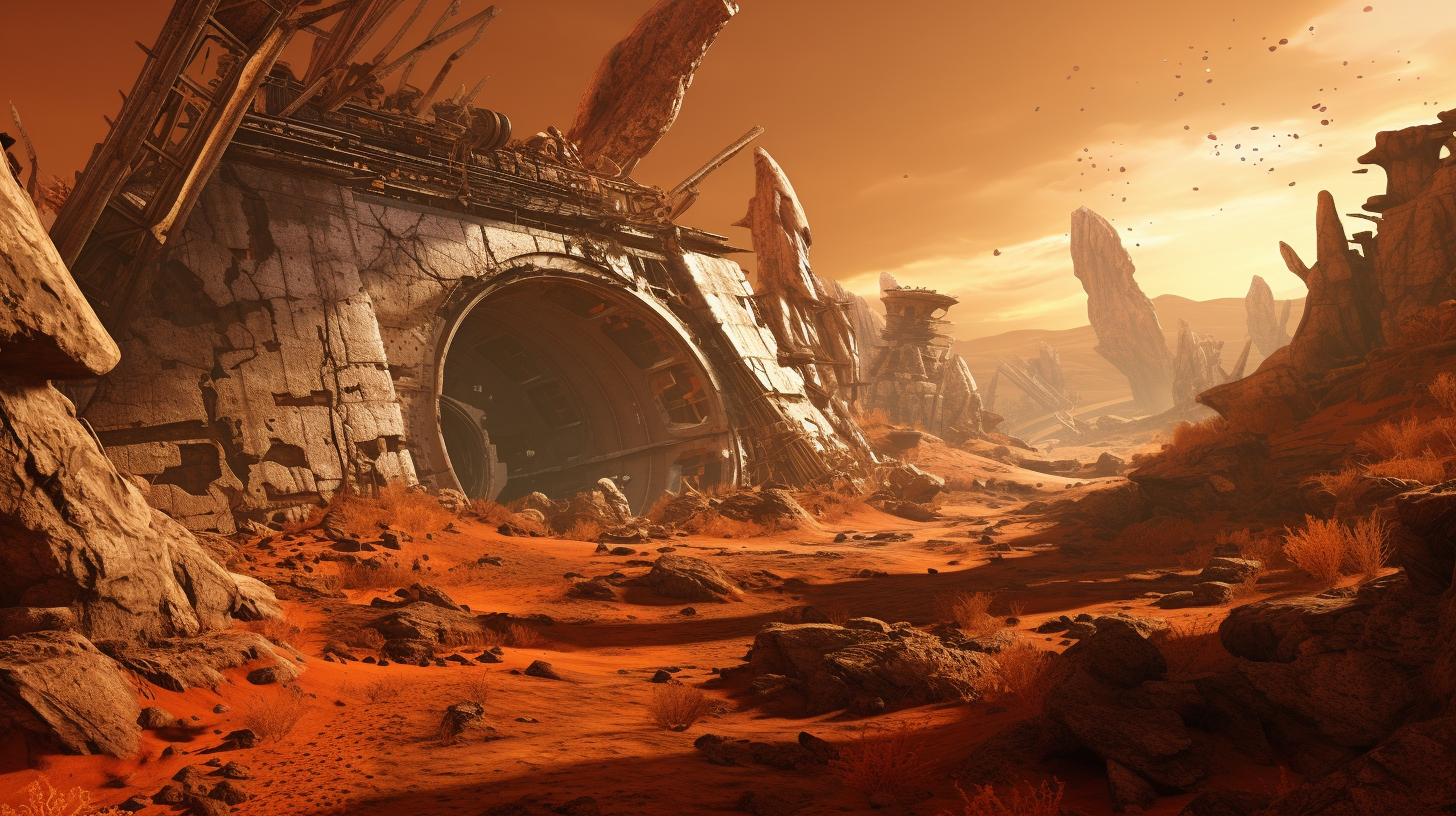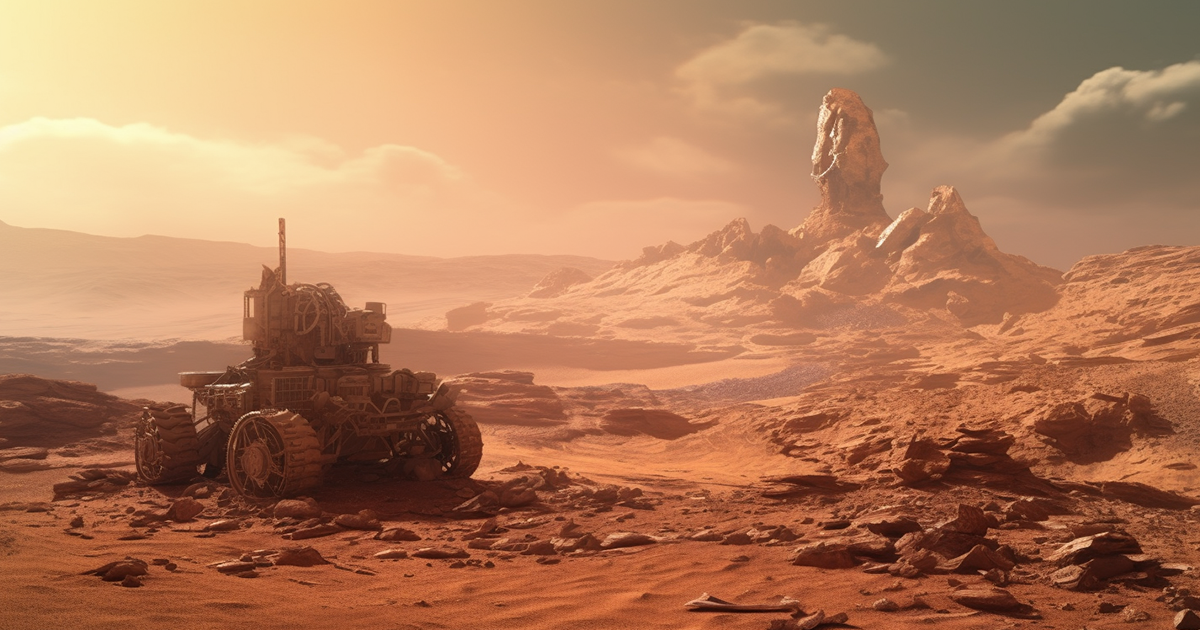Humans’ curiosity knows no bounds as we venture into the vast expanse of space. Our quest for understanding the cosmos has led us to distant planets, with the Mars Curiosity rover standing out as one of our most remarkable missions. Since its launch on August 6, 2012, this robotic explorer has captured our fascination, sparking speculation about the Red Planet. While it hasn’t unraveled the mysteries of the universe, it has undeniably raised thought-provoking inquiries about Mars and the potential enigmas it harbors.
February 25, 2014, marked a significant milestone in space exploration. Five hundred and fifty-four solar days after its gripping touchdown on Mars, the Curiosity rover beamed back a series of high-resolution panoramic photographs of the Martian landscape to Earth. Among these captivating images, an unexpected sight emerged that intrigued amateur archaeologists and space enthusiasts alike.
In the rugged Martian expanse, particularly at the Dingo Gap location, observers spotted an unusual formation that seemingly resembled a statue with a distinctly human-like silhouette. This discovery, however, was just the beginning. Upon delving deeper into the rover’s photographic archives, an array of Earth-like objects started to surface, including a sarcophagus, a Buddha statue, and even a cross.
These findings stirred discussions and curiosity among space enthusiasts and researchers. Could these artifacts be remnants of a bygone Martian civilization? Did a thriving society once inhabit Mars, leaving behind these enigmatic relics?

The notion of ancient civilizations on Mars is not new. Ancient astronaut theorists have pondered the possibility of such artifacts since the first Mars Viking mission images in 1979. Nevertheless, skepticism from NASA officials has often eclipsed these claims, attributing our perceptions to pareidolia, where familiar patterns are perceived in random shapes, akin to seeing shapes in clouds.
Despite NASA’s skepticism, some imaging experts remain unconvinced that these Martian objects can be easily explained. With 25 years of experience in image restoration, Joe White has devoted his efforts to unveiling the mysteries concealed within the rover’s photographs. He argues that despite NASA’s alterations, the rover images still hold intriguing details warranting closer scrutiny.
One compelling piece of evidence is the intricate facial features visible on the “statue” at the Dingo Gap. White highlights the well-defined eyes, nose, mouth, and possibly an ear. The elongated conehead shape of the figure has also piqued interest. Although the statue seems damaged and partially buried, its resemblance to sculptures found on Earth, particularly in Central and South America, is remarkable.
Do these findings suggest a long-lost Martian civilization with resemblances to ancient Earth civilizations? Could there be a link between structures on Mars and those on Earth? These questions continue to captivate ancient astronaut theorists’ imaginations.
The resemblance between Martian structures and known Earth landmarks is uncanny. Pyramids, standing stones, Stonehenge-like formations, and even a Sphinx-like structure dot the Martian landscape. The “City” around Cydonia is notable, featuring a vast pentagonal pyramid and other pyramidal structures. Some theorists note that these pyramids’ layout mirrors the Pleiades constellation, a phenomenon also observed in certain ancient Earth monuments.
Mainstream science remains skeptical, asserting that these Martian structures cannot be of artificial origin. However, history reminds us that what was once deemed “impossible” often becomes plausible with time and further exploration, as seen with the discovery of water on Mars.
As we unravel Mars’s mysteries, we are confronted with enigmatic puzzles challenging our comprehension of the cosmos. Questions surrounding these Martian artifacts endure: Which civilization could have built them, and what befell them? While answers elude us for now, the pursuit of knowledge remains the driving force behind our cosmic exploration, keeping our spirits soaring amidst the stars.
